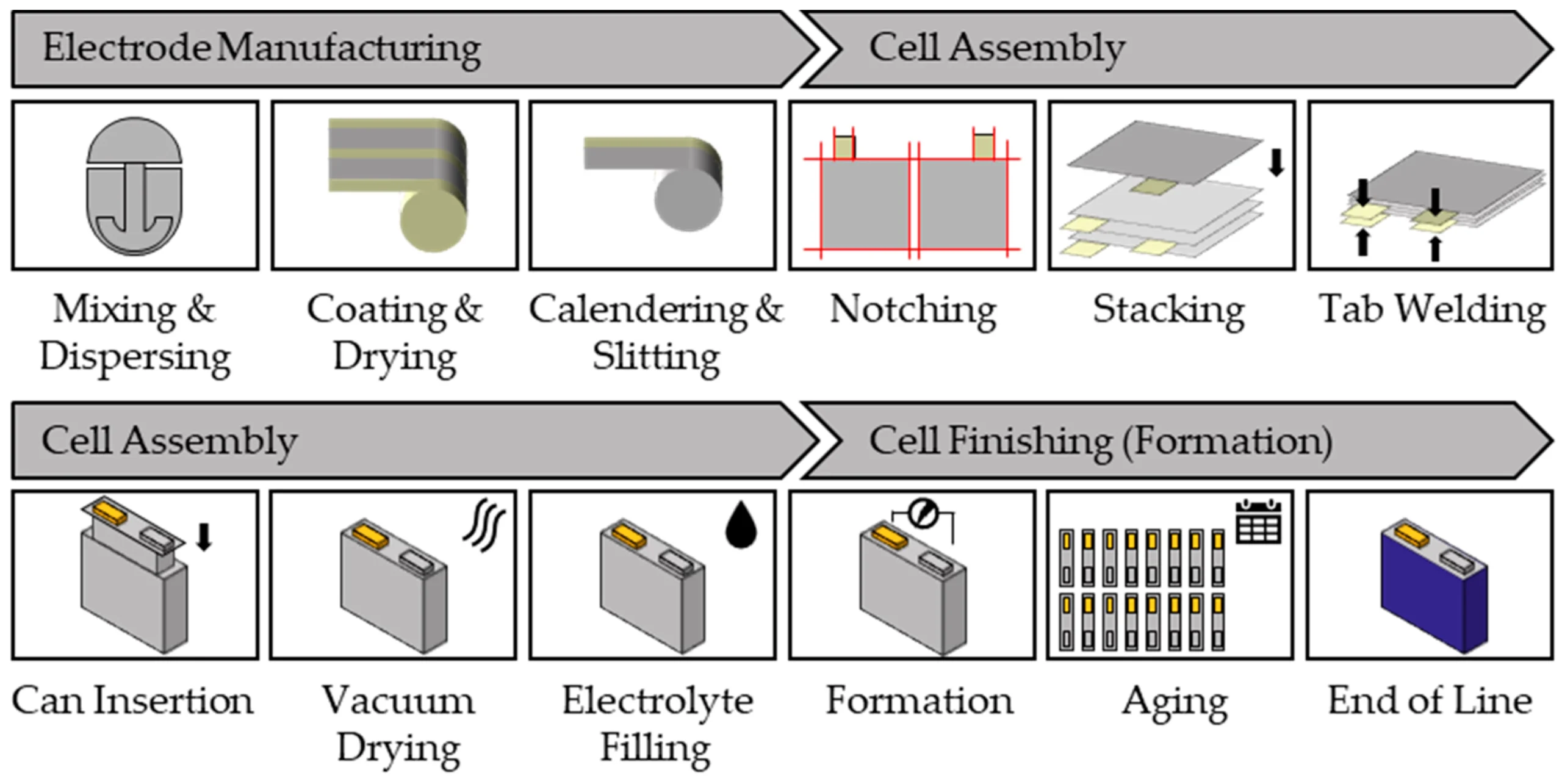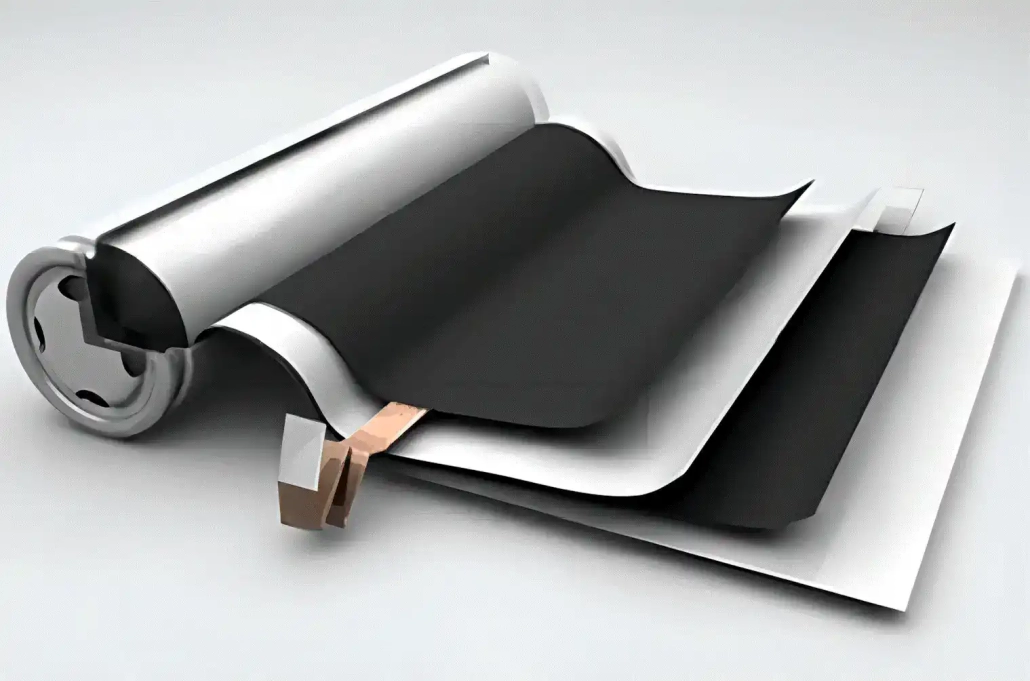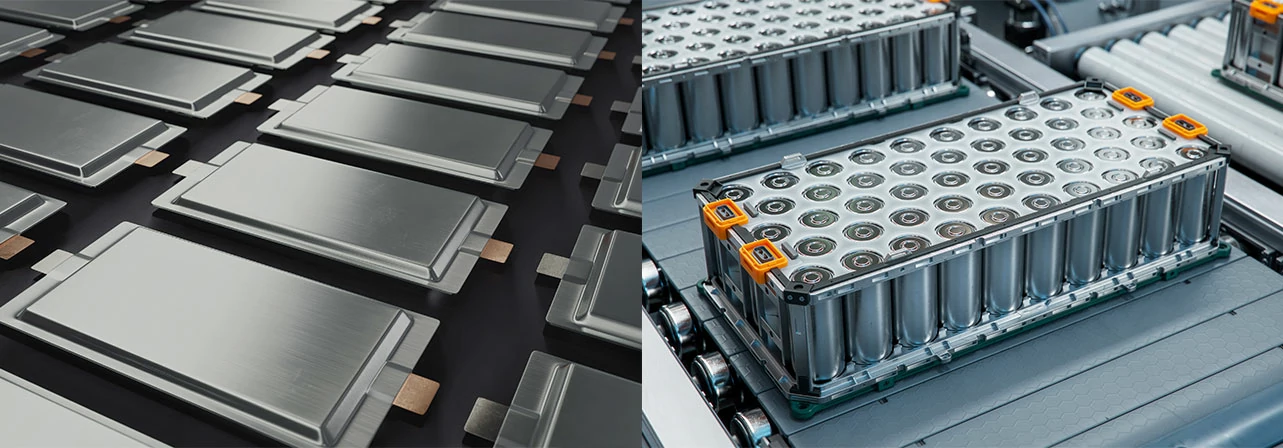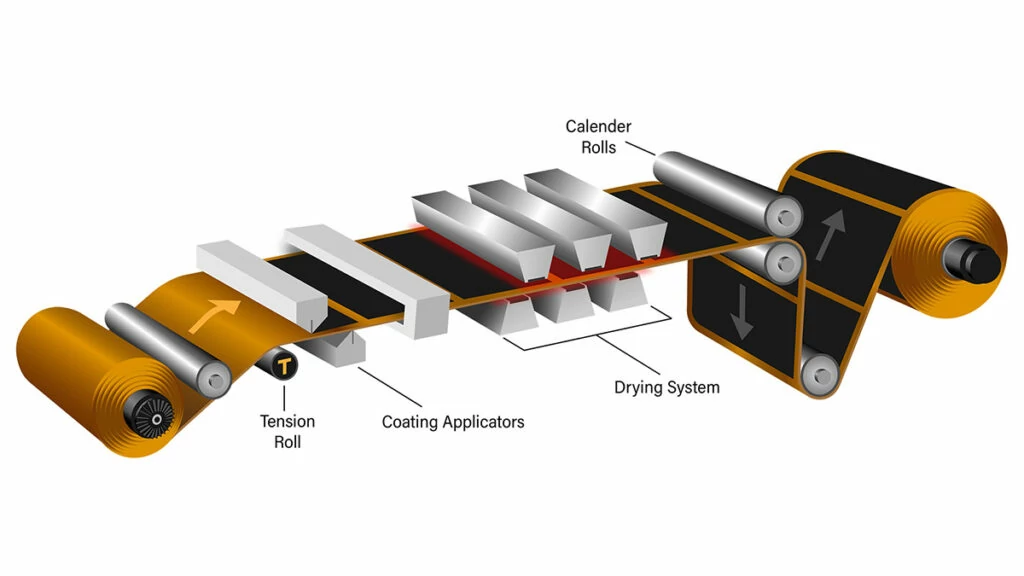OCV testing process and critical technologies
main content
OCV testing process and critical technologies form the backbone of battery quality assurance, directly impacting performance evaluation and safety compliance. This guide breaks down advanced methodologies, equipment specifications, and environmental protocols to achieve reliable open-circuit voltage (OCV) measurements for lithium-ion batteries, particularly in high-demand applications like electric vehicles and energy storage systems.
1. Equipment Specifications and Precision Requirements
High-accuracy instrumentation is essential to minimize measurement errors, especially for batteries requiring tight self-discharge tolerances (e.g., K ≤0.5mV/24h).
Core Components & Technical Standards:
Ultra-precise voltage meters: Cold mirror dew point sensors (e.g., Michell Optidew) or impedance-based systems with ≤1μV resolution and ±0.01% accuracy eliminate thermal drift errors.
Low-resistance probes: OCV test probes must maintain ≤1mΩ contact resistance to prevent voltage drops across oxidized terminals (Cu/Al). Gold-plated spring-loaded tips ensure consistent pressure on battery tabs.
Automated sorting systems: Platforms like Neware OCV/IR testers enable 400-channel parallel processing, achieving 4,000 units/hour throughput with ±0.05mV repeatability.
Why Precision Matters: Subpar equipment can inflate K-value errors by 30%—critical for applications like motorcycle batteries where vibration accelerates degradation.
2. Standardized Testing Protocols
Rigorous procedures mitigate polarization effects and ensure data reproducibility across production batches.
Step-by-Step Workflow:
Polarization stabilization: Post-charge batteries rest for 2 hours at 25°C±2°C to neutralize ionic imbalances.
Four-wire voltage measurement: This method cancels lead resistance interference, capturing stable OCV values within ±0.2mV.
Self-discharge calculation: K-values derive from OCV₁ and OCV₂ measurements (e.g., t₁=0h, t₂=24h), with automated algorithms flagging units exceeding 0.5mV/24h thresholds.
Industry Insights: Multi-stage voltage sampling (e.g., 10ms intervals) enhances K-value accuracy by filtering transient noise.
3. Environmental Control Systems
Controlled testing environments prevent moisture-induced errors and thermal fluctuations.
Critical Infrastructure:
Dew point management: Dual-wheel dehumidifiers (e.g., Munters HG500) maintain ≤40°C dew points (RH≤1%), crucial for minimizing electrochemical side reactions.
Micro-heat regeneration: This technology stabilizes temperature within ±0.5°C, reducing OCV drift caused by metal oxide layer formation on terminals.
Positive-pressure chambers: HEPA-filtered airflow prevents airborne contaminants from altering surface conductivity.
Optimization Tip: Real-time humidity monitoring via IoT sensors enables dynamic adjustments, cutting calibration downtime by 40%.
Why OCV Testing Defines Battery Reliability
Safety compliance: Tight K-value control reduces internal short risks by 60% in high-vibration environments.
Cost efficiency: Automated sorting slashes manual inspection costs by 75% while improving defect detection rates.
Performance consistency: Precision OCV data correlates with 95% accuracy to long-term cycle life predictions.
By integrating cutting-edge instrumentation, standardized workflows, and climate-controlled infrastructure, manufacturers achieve the stringent OCV testing benchmarks demanded by next-generation battery technologies—ensuring durability, safety, and compliance across global markets.
RELATED BLOG

START-STOP LITHIUM battery
Enov start-stop battery is designed to provide excellent performance for high-demand start-stop vaehicles. It adopts the third-generation intelligent lithium platform architecture to achieve technological breakthroughs in core indicators such as cycle life, environmental adaptability and energy density. Compared with the traditional lead-acid battery system, the energy efficiency is increased by 210%, the cycle life is extended by 8-10 times, and the monthly self-discharge rate is controlled within 3%. Enov's unique low-temperature battery technology makes a breakthrough in achieving stable output in the whole climate domain from -30℃ to 65℃, maintaining more than 90% of the effective capacity release under extremely cold conditions (-30℃), and maintaining 90% of the capacity in high temperature environments (65℃).
The start-stop battery series products cover the mainstream voltage platform of 12V/24V/48V, and support flexible configuration of LFP (lithium iron phosphate) and NCM (lithium nickel cobalt manganese oxide) dual-material system. All models adopt modular design to support customization of different model specifications. Enuo engineering and technical team to provide full cycle technical service support, if you need, please contact us.
Other products
UAV BATTERY
LITHIUM ENERGY STORAGE BATTERY
QUICK INQUIRY
FAQ
Access to high frequency technical questions with one click, get accurate answers on product application, after-sales policy and customization process.
Service and Support
Get the latest product specifications, explore professional OEM/ODM customization services, click to open exclusive technical support and production solutions.
Become a Partner
We sincerely invite resources to interconnect, work together for win-win development, and immediately open a new chapter of strategic cooperation!





